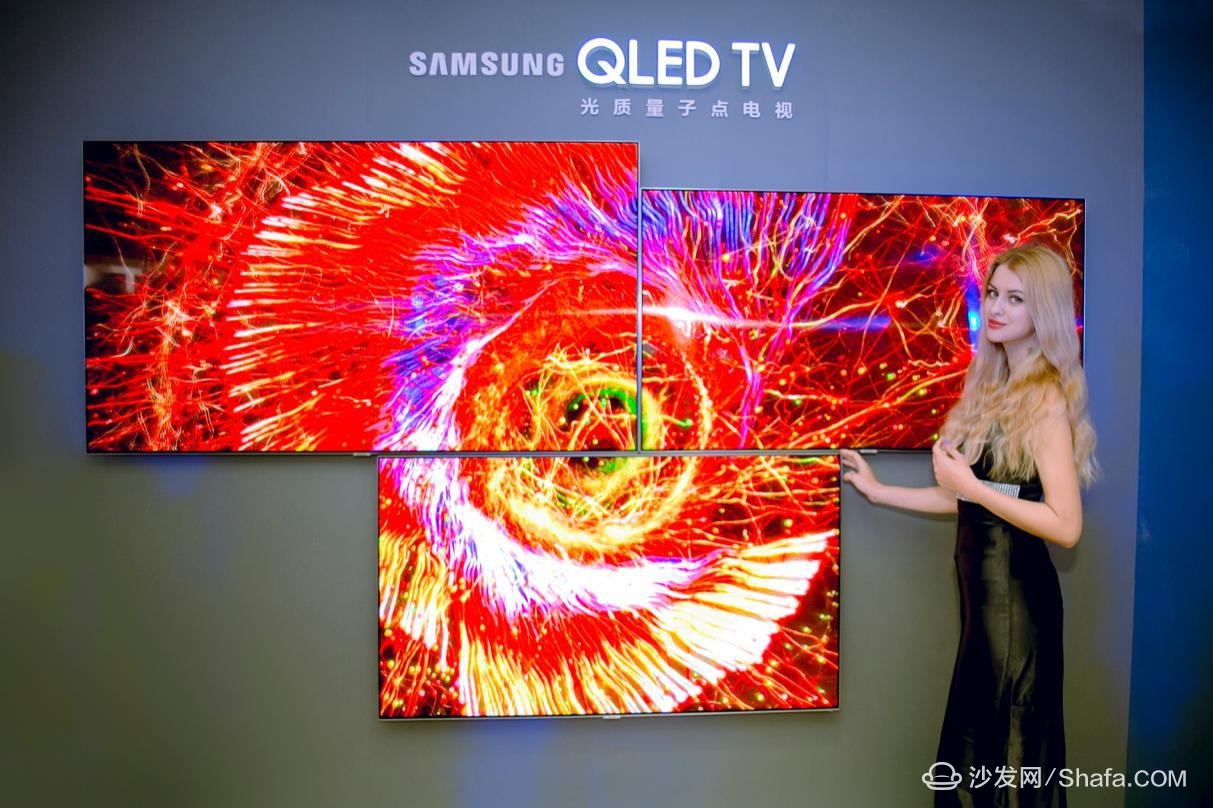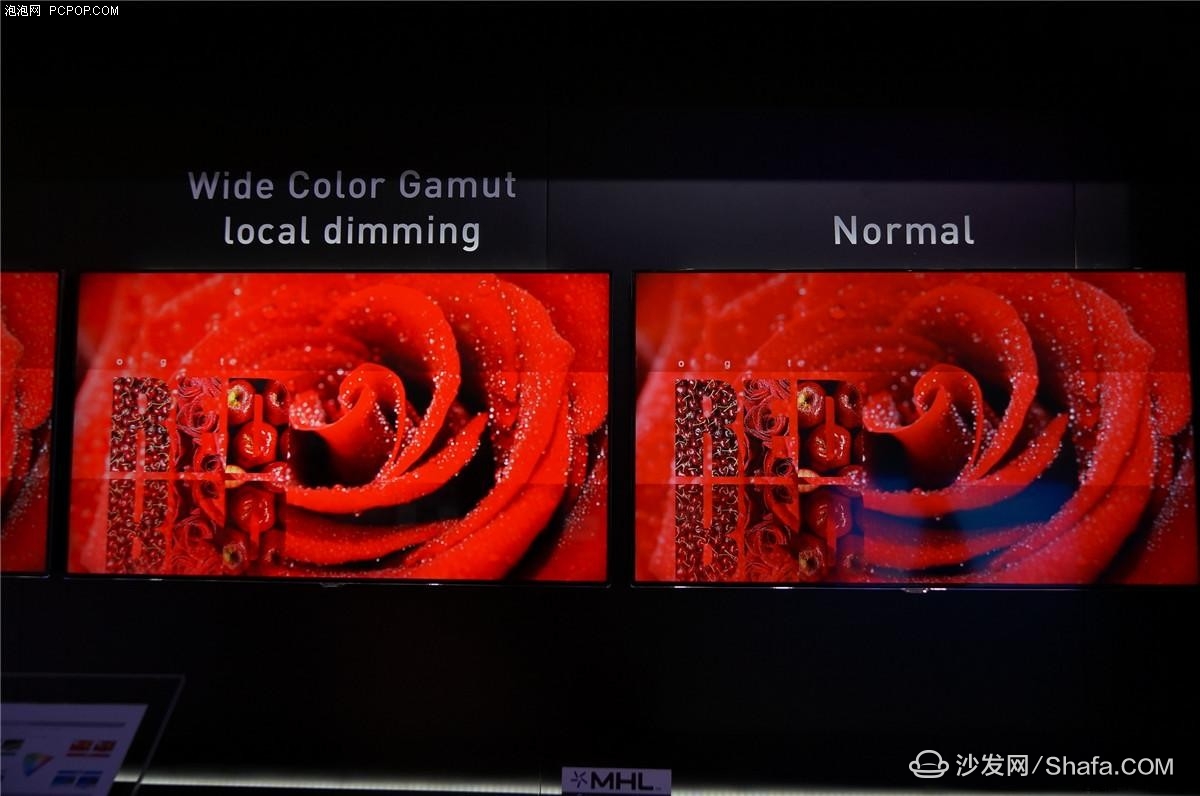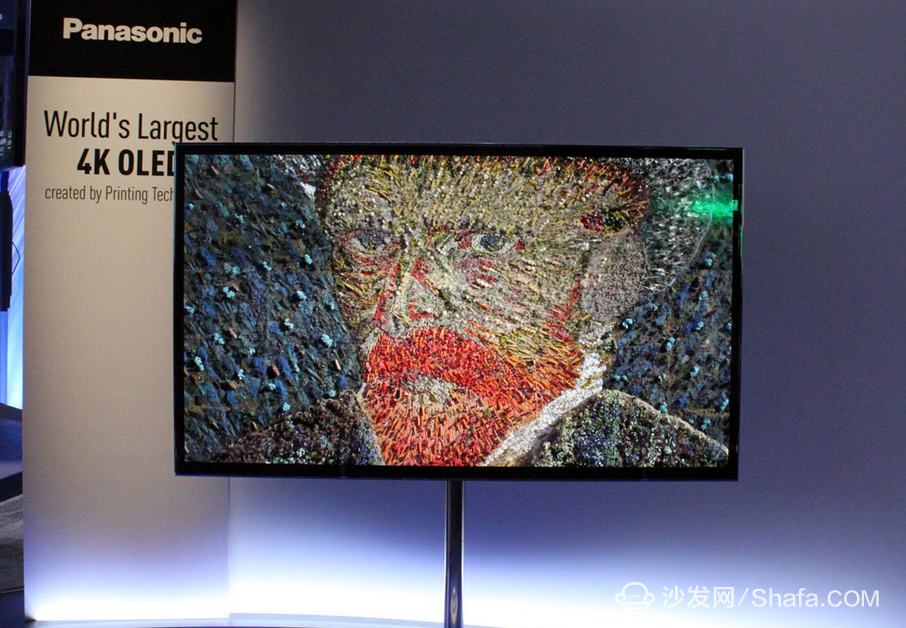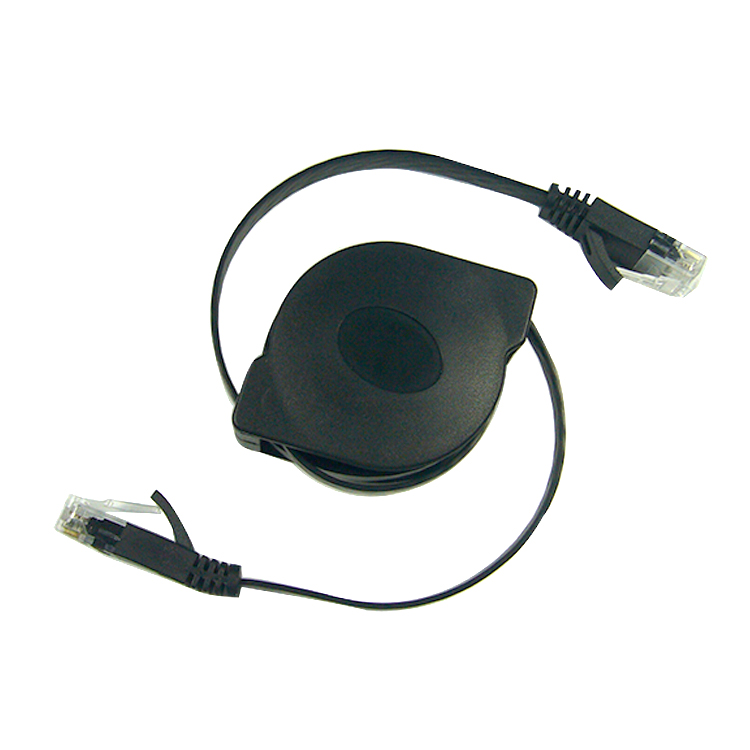
What is quantum dot technology?
I believe many people may not know what it is, although they may have heard of excessive points. In fact, a quantum dot, like its name, is a very tiny spot. To what extent is it tiny? Their volume is below 100 nanometers, generally 2 to 20 nanometers.

What is Quantum TV?
The above talks about the origin of quantum dot technology. How is this technology used in television? In fact, including Quantum TV, most of the current television still belongs to LCD TVs. LCD TVs have a feature in imaging, which is the need for backlight. Current LED TVs use light emitting diodes (LEDs) as the backlight source to complete the imaging process. Although the picture quality of LCD TVs has been enhanced compared to LCD TVs, some aspects have not yet been completely improved. For example, the sense of hierarchy and dynamic performance are insufficient. Due to the presence of backlight, TVs cannot achieve the pure black color of OLEDs, and the details in the shadows are more blurred. These are all factors that contribute to the birth of new technologies.

In fact, there are two ways to integrate quantum dot technology into television. The first is to diffuse the quantum dots on the thin film and then stack them on the backlight film of the display. This method was developed by 3M, and TVs produced by Samsung and LG use this method of adding a thin film. The second method was developed by QD Vision, a quantum dot research company. By coating nanometer quantum dots on thin tubes, the purpose of adding backlights was achieved. This method is mainly used in side-lit LED-backlit TVs, and therefore in Sony TVs. It is more commonly used.
The development of Quantum Dot TV actually, as early as 2013, Sony applied quantum dot technology to television and named the technology “Triluminosâ€, but Sony believes this is only a common technology, and therefore No more publicity. In the following two years, Samsung, LG and domestic television brand TCL from South Korea all launched their own quantum dot TVs during that time. Although QD TV was still in the development stage at the time, it still had certain advantages over the picture quality of similar LED TVs. The wider color gamut coverage and stronger contrast make QDTV superior in quality.

The Debate between Quantum Dots and OLEDs In fact, since the birth of quantum dot TV, the comparison between quantum dot TV and OLED TV has always existed. OLEDs have been recognized by the industry as the next generation display technology since its inception, but due to the lack of technical level and high cost, the popularity of OLED TVs has always been insufficient. The emergence of quantum dot television has led people to discover another competitive television product.

Some people think that quantum dot TV will become the future trend, and some people think that quantum dot TV is a transitional product before OLED has not been popularized. In the spring of this year, OLED TVs and QD TV camps have released a lot of new products. It is believed that the next Golden Week will become the battlefield for both competitions. But for consumers, it is not only the image quality but also the appearance, performance and price that need to be measured when purchasing. Compared with OLED TVs, the price of QD TVs still has certain advantages.
But who is the future development direction? Perhaps as some industry insiders think, Quantum-dot TV and OLED TV are not completely in opposition in the development, the two can also move forward and determine the status of the two is not any technology, but the needs of consumers.
Smart TV/box information can focus on smart TV information network sofa butler (http://), China's influential TV box and smart TV website, providing information, communication, TV boxes, smart TVs, smart TV software, etc. Answering questions.
Retractable cable is usually double-pull-style.
Usage: double pull retractable cable, take the two ends of the retractable cable with two hands.Pull in the opposite direction and there will be a click in the middle. Repeat several times and choose your own length.When not in use, pull out a little bit when you hear the voice, let go of the telescopic cable will automatically retract.
The retractable cable is very easy to carry. Generally, 1 to 2 meters of net wire is made flat and soft wire, which is made into a coil with spring zhuan and other things. It can be stretched as long as you need, and retract back when not used, like a tape measure.

Retractable Ethernet,Retractable Ethernet Cable,Retractable Cat6 Cable,Retractable Network Cable
Shenzhen Kingwire Electronics Co., Ltd. , https://www.kingwires.com